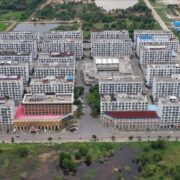Cebu craftsmanship continues to shape Philippine design
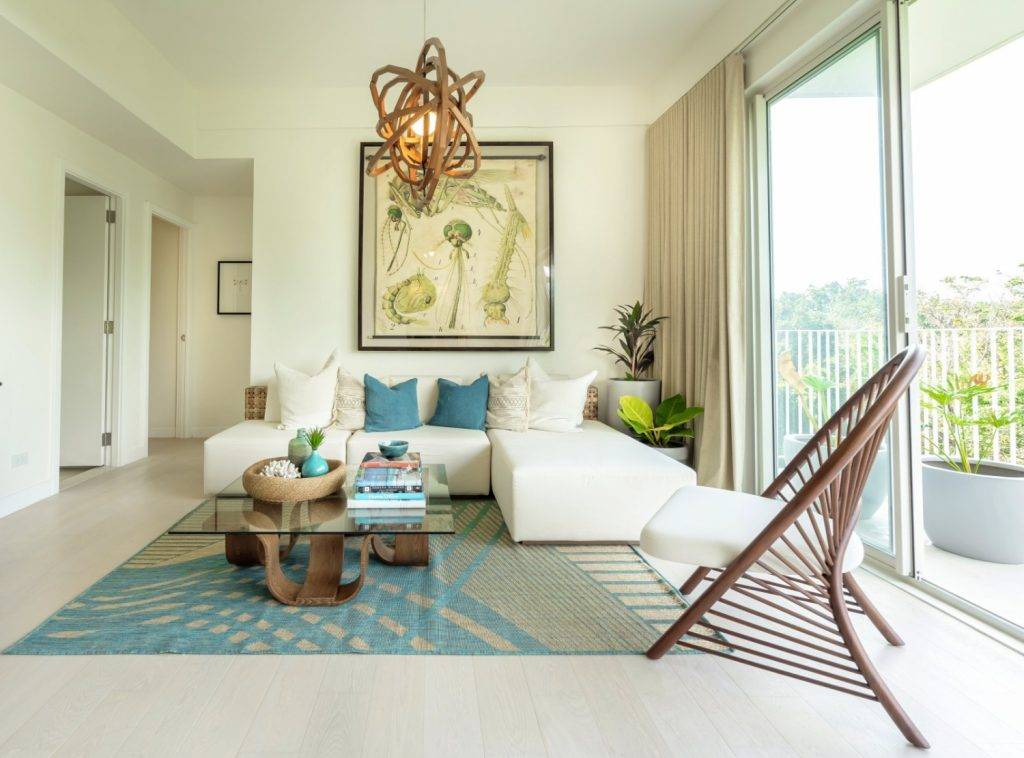
Cebu holds a distinct place in the Philippines’ cultural and creative identity.
The island has produced globally recognized furniture and objects that echo craftsmanship and cultural memory for decades. What began as a local tradition of woodworking and weaving matured into a design language that appealed to international markets.
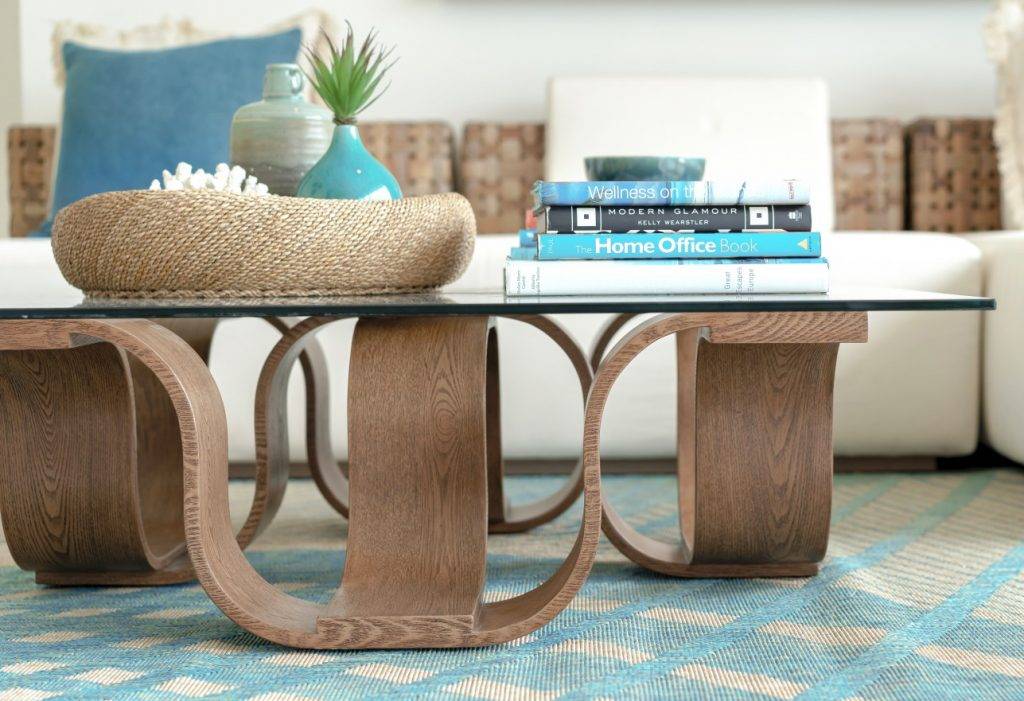
From island workshops to the global stage
The international spotlight on Cebu’s furniture industry started gaining momentum in the late 20th century, when export demand turned humble carpentry into a refined business of handmade innovation.
Rattan, abaca, mother of pearl, and other native materials found their way into resort lounges and luxury residences across Europe and North America.
Cebu’s offerings, in particular, were valuable because of the materials and the care embedded in the making. Forms often express movement, fluidity, or regional symbolism, transcending aesthetic decoration.
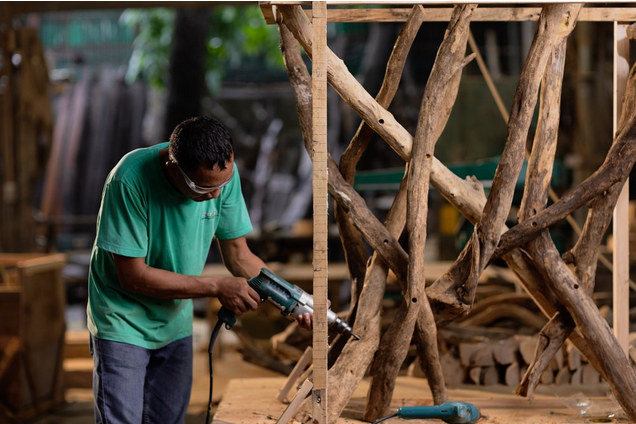
The makers who shaped the movement
Kenneth Cobonpue helped crystallize Cebuano presence in the global design stage by presenting furniture as sculpture. His celebrated pieces showed that craft could defy utilitarian expectations.
Vito Selma’s sculptural pieces, inspired by geometry and nature’s movement, continued the narrative. His work emphasized emotional and tactile connection, responding to instinct and structure.
Debbie Palao’s work among the younger generation explores organic silhouettes and contemporary applications of native materiality, often drawing from Filipino rituals and traditions.
Together, these designers represent more than a personal aesthetic. They mirror a broader design movement through Cebu’s network of artisans, finishers, carvers, and studios, which has been built over time.
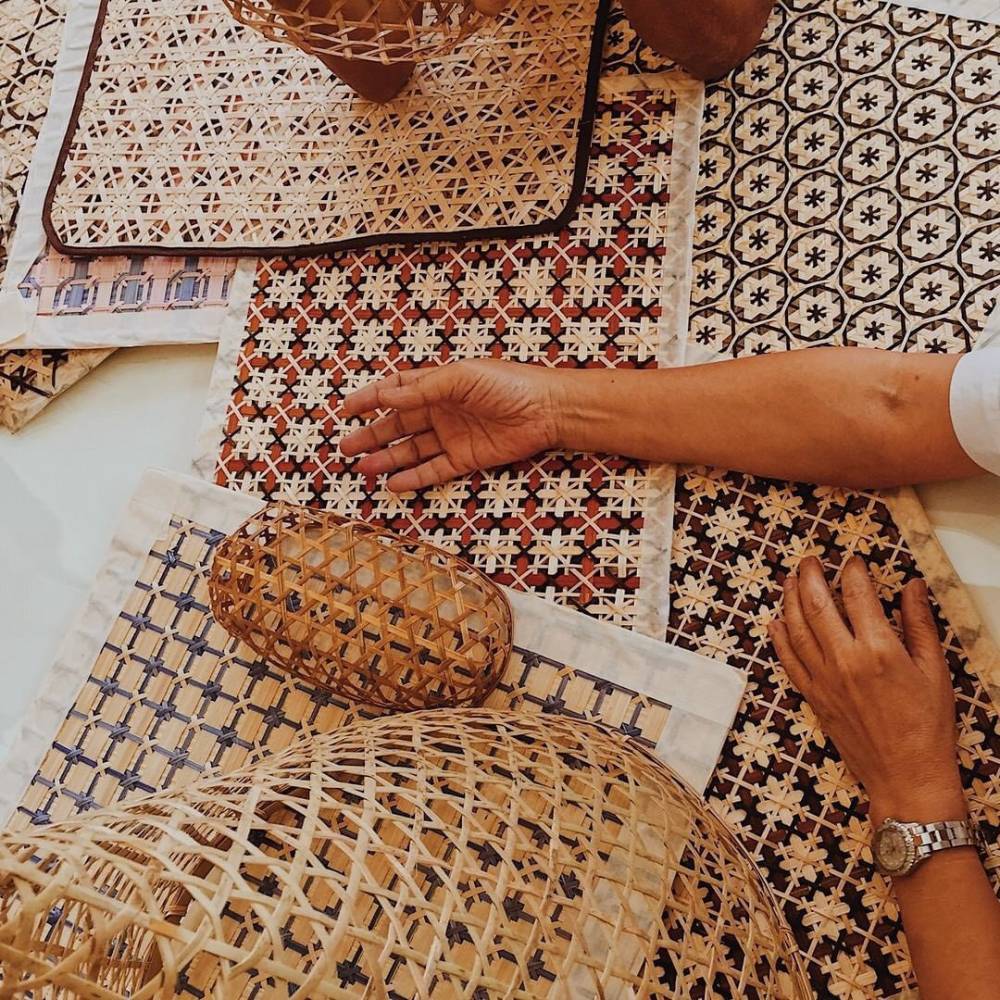
The enduring power of quiet luxury
Cebuano craftsmanship exists in a rhythm that feels counter to today’s accelerated manufacturing systems.
Every cut, bend, weave, and finish takes time. This time-bound approach lends itself to a quiet and enduring kind of luxury. The value is embedded in the integrity of production. Unlike mass-produced pieces, these objects do not compete for attention. They invite a more curatorial respect.
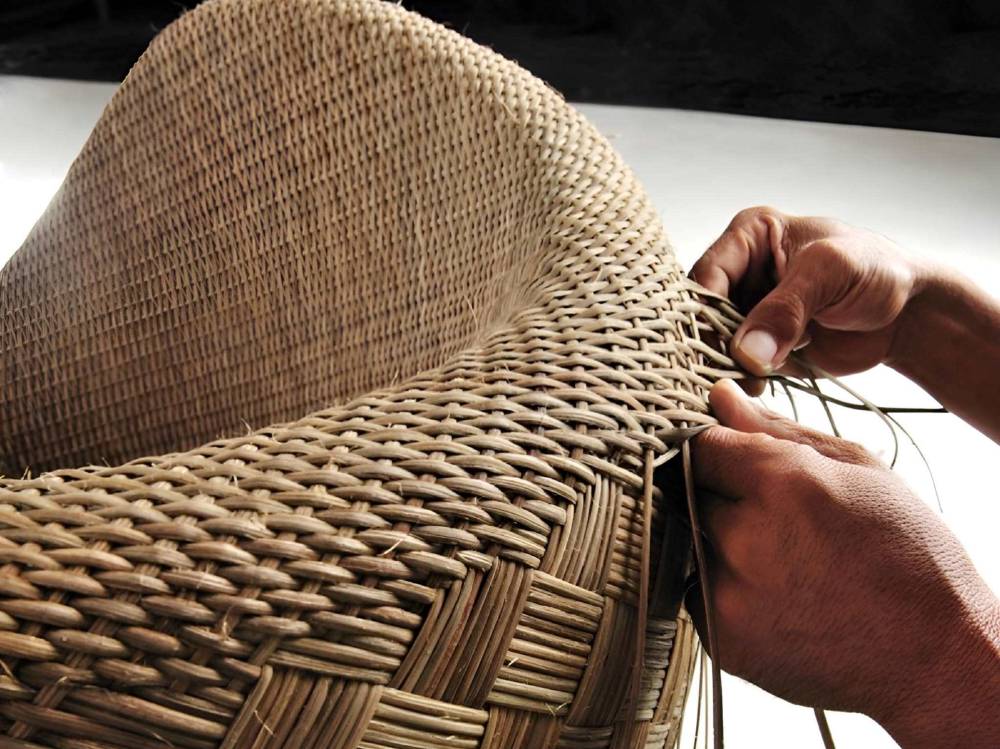
Architecture that speaks in texture
Contemporary Cebuano projects appreciate rawness and tactility, and the spatial character carries the same ethos as the furnishings. Surface, weight, material density, and joinery become decisions that extend the language of craftsmanship.
In projects that embrace local stone, timber, or woven work as part of the structure, the architecture participates in the same cultural conversation as the object it holds.
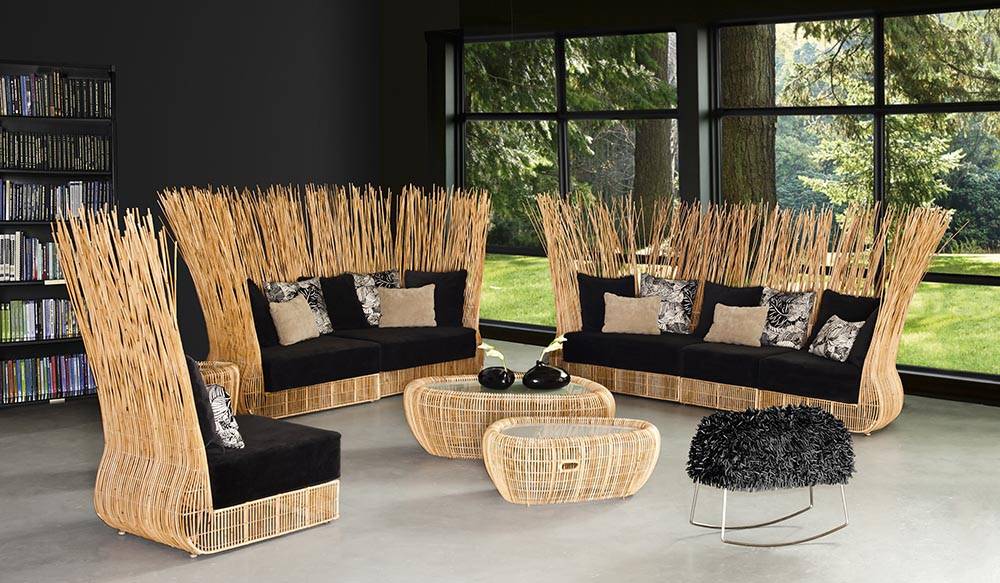
Lessons from a living tradition
For developers, architects, and creatives, Cebu’s legacy offers inspiration and a design process rooted in deep relationships between maker and material, space and intention.
Amid growing calls for speed, scale, and cost-efficiency, this model reminds us of the intrinsic worth of measured creation. There is knowledge in the slowness. The dignity of the artisan’s handwork cannot be reverse-engineered. But it must be cultivated.
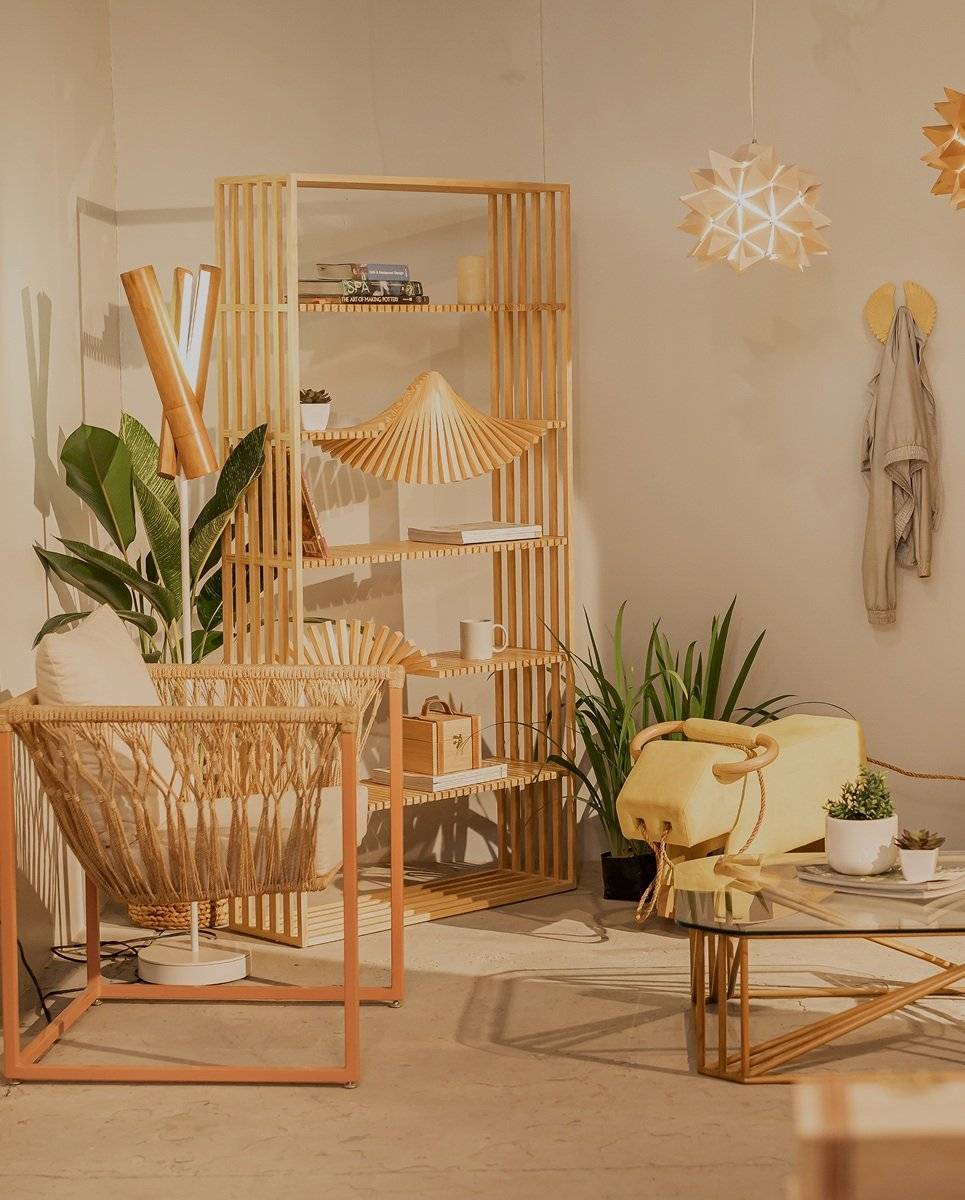
Holding the line in a world of replicas
Yet the future remains precarious. Automation continues to transform design industries across the globe. Large-volume imports have flooded the market, narrowing the economic space for handcrafted goods.
Young artisans often shift to digital or industrial careers, pulled away by the promises of faster growth and stability. Without thoughtful reinvestment in workshops, apprenticeship programs, and local patronage, much of the technical and cultural memory may vanish before it can evolve.
Choosing what to protect
Design education must now do more than teach aesthetics and software. It must embed values of patience, material understanding, and cultural responsibility.
Architects who build communities can contribute by integrating artisan work into development projects and giving a platform to indigenous narratives through design.
Developers, too, can nurture this value by commissioning works that reflect regional identity rather than importing a universal style.
Cebu has shown that a deep design tradition can coexist with a modern creative economy. The challenge is to keep it alive with intention. The continuity of Cebuano craftsmanship depends on what future builders choose to honor, protect, and evolve.
The author (www.ianfulgar.com), is a leading architect with an impressive portfolio of local and international clients. His team elevates hotels and resorts, condominiums, residences, and commercial and mixed-use township development projects. His innovative, cutting-edge design and business solutions have garnered industry recognition, making him the go-to expert for clients seeking to transform their real estate ventures











